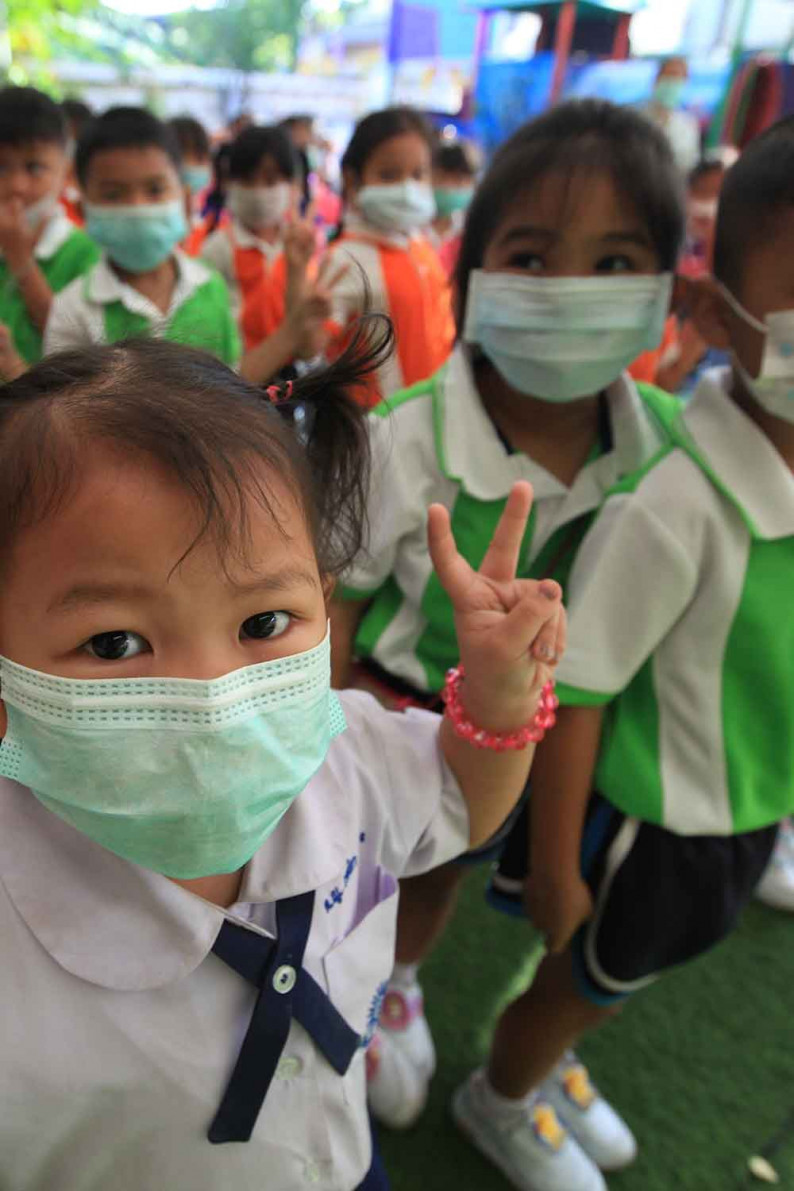
The government has decided to allow fully vaccinated travellers from 46 low-risk countries to Thailand without quarantine when the country reopens on Nov 1.
The "low-risk" country list has grown from the initial 10 when he announced the reopening plan on Oct 11. The prime minister did not provide the list, though.
Prime Minister Prayut Chan-o-cha made the announcement on his Facebook yesterday, saying the situation has changed and Thailand has to move fast and move now.
He said the government has decided to expand the list of low-risk countries to cover 46 countries after several countries had begun relaxing travel restrictions.
The US and several countries in the region including Indonesia, the Philippines, Australia and Malaysia are preparing to welcome back international tourists and ease virus curbs, he said.
Moreover, several countries which are Thailand's key tourism markets, have also relaxed rules to enable their people's travel abroad.
"I think under the new circumstances that if we want to draw tourists to stimulate the tourism and other sectors adversely affected by the virus, we need to move faster and move now. If we wait for perfect conditions, it will be too slow and tourists may opt for other destinations," he said.
He stressed that pre-conditions such as vaccination and the need for visitors to have Covid-19 negative results remain in place.
He admitted that by taking this step there was a risk of infections creeping up but expressed confidence the country was equipped to handle the risks.
As of Oct 20, the number of people who had received their first dose was 38.6 million or 58% and those who had received a second dose was 26.9 million or 40.7%.
In Chiang Mai, concerns are being raised that the Nov 1 reopening there to foreign visitors might be affected after the province saw a spike in Covid-19 infections.
The northern province yesterday reported 412 new virus cases, raising the total caseload to 13,012.
Provincial governor Prajon Pratsakul has instructed all stakeholders to step up surveillance as he is preparing to hold talks with the provincial communicable disease committee to review virus restrictions.
Based on a health investigation, most cases are cluster infections and the major cluster is centred around Muang Mai fresh market in Muang district.
There are reports about people lowering their guard after getting their jabs against the virus.
On Wednesday health authorities ordered a three-day closure until tomorrow of three markets, Warorot, Ton Lamyai and Dok Mai, which are located in tambon Chang Moi in Muang district for deep cleaning.
The surrounding communities are put under 14-day surveillance while a mass testing and vaccination campaign was also ordered. The measures follow the discovery of 32 infections linked to Warorot market and five others in the two adjacent markets.
A field hospital at the Chiang Mai International Exhibition and Convention Centre (CMECC) is at almost full capacity with hundreds of patients turning up for symptoms screening.
Those with mild symptoms will be asked to enter a home or community isolation programme while patients with moderate symptoms will be accepted for treatment.
About 71% of people in Chiang Mai have received their first shots, but the number of people who have received the second dose is below 30%.
